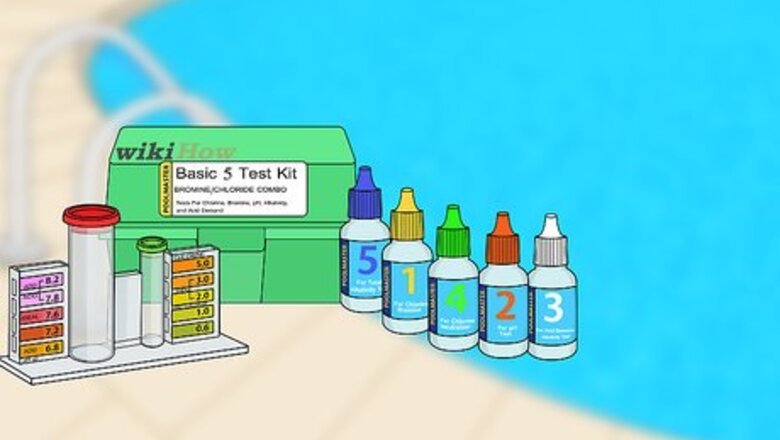
views
Getting Ready to Treat the Pool

Test your swimming pool water. Use a chemical test kit to test the chlorine and pH levels and determine the extent of the problem. When chlorine levels drop below 1 ppm, it can cause algae to grow in the pool, turning the pool water green. When this happens it is necessary to "shock" the water with chemicals to kill the algae and return the pool to normal chlorine levels. Proper pool maintenance, including having working filters and making sure your pool's chlorine and pH levels remain steady, can prevent algae from growing in the first place. Algae is constantly growing, so letting your pool sit without maintenance for even a few extra days might create a green pool water situation.

Balance the pool chemistry. Before treating the pool, balance the pH by adding either an acid or a base to bring the level to just around 7.8. This is at the high end of the range you would normally want in your pool, but that's necessary when you're treating it for algae. Here's how to balance the pH: Turn on your pump so the chemicals will circulate throughout the pool. Correct the pH level by either increasing the pH with sodium carbonate or decreasing it with sodium bisulfate.
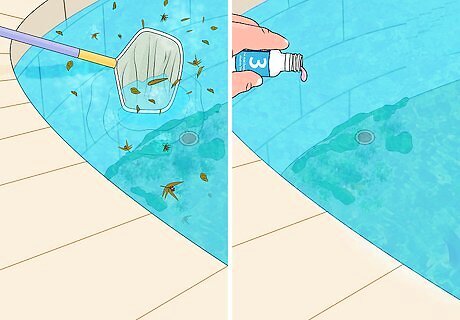
Make sure the filter is working properly. Clean out any leaves, sticks, and other debris that may be clogging the filter. Backwash the filter if necessary and make sure it is working well before you add chemicals to the pool to kill the algae. Set the filter to run 24 hours per day so it filters out all the algae during the cleaning process.

Scrub the sides and bottom of your swimming pool. Use your pool brush to scrub the pool well before adding any chemicals to the water. Algae clings to pool surfaces, but scrubbing will remove it. Scrubbing also helps to break the algae up, allowing chemicals to work faster. Scrub especially well in areas where you can see algae buildup. Try to break it all up so that the pool gets thoroughly clean. If you have a vinyl pool, use a nylon scrub brush. Wire brushes might damage vinyl pools, but may be used on plaster pools safely.
Shocking the Pool

Treat the pool with pool shock. Pool shock has high levels of chlorine that wipe out the algae and sanitize the pool. Choose a powerful shock with around 70% available chlorine, which is enough to handle tough algae and bacteria. Follow the directions on the shock package to make sure you use the proper amount for the water in your pool. If you have a high amount of algae in your pool, you may have to treat it more than once to keep the algae from continuing to bloom. The water might look cloudy or dirty when you add the shock, but as the water runs through the filter it will begin to clean up.

Treat the pool with algaecide when chlorine has fallen below 5.0. Allow the algaecide to work in your swimming pool for at least a 24-hour period.
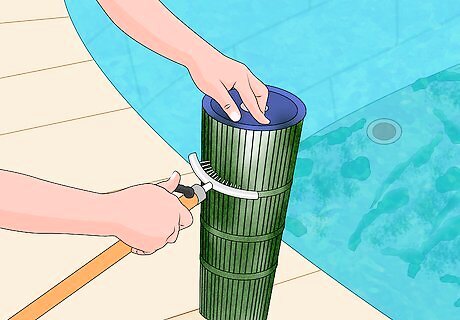
Prevent pressure buildup in your filter by cleaning it often to remove the dead algae. When algae dies, it will fall to the pool floor or float in the pool water. It will also lose its green color.
Finishing the Job
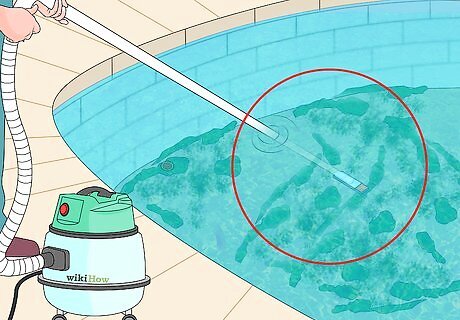
Vacuum up the dead algae left behind in your swimming pool. Use your brush to clean the bottom and sides of the pool again, then vacuum up all the dead algae. If there are a lot of dead particles and you're having trouble vacuuming them, you can add a flocculent to help the algae bind together and make it easier to vacuum.
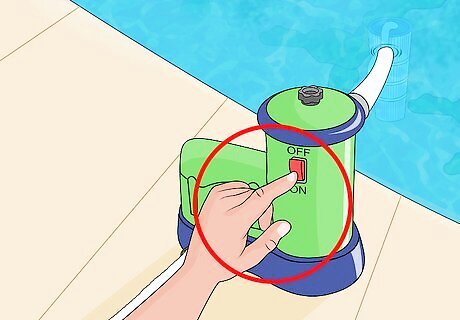
Run the filter until the algae is gone. Your swimming pool water should be crystal clear after treatment. If the algae seems to be coming back, go through the shocking and treating process again until it's all cleared away.
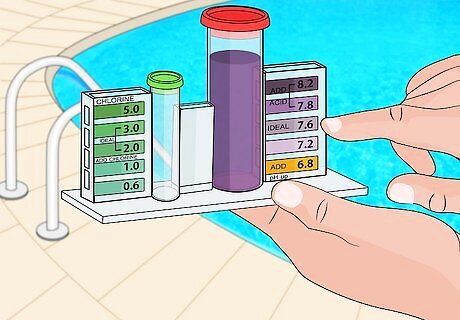
Re-check chemical levels with your swimming pool test kit. All chemical levels should be in the normal range.



















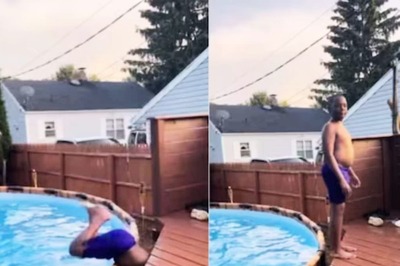
Comments
0 comment